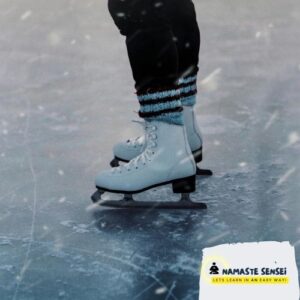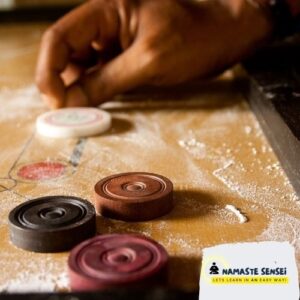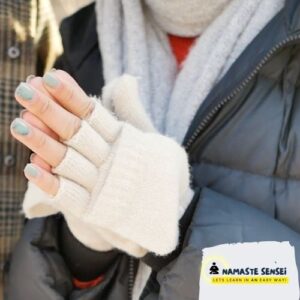Top 5 Kinetic Friction Examples In Daily Life | Kinetic Friction Examples In Physics
Here are the top 5 kinetic friction examples in daily life in physics.
-
A sled moving on snow.
-
Children Sliding down a slide
-
Ice skates sliding on ice
-
A striker is shot from Carrom’s board
-
Rubbing hands together to generate warmth
What is kinetic Friction?
Kinetic friction specifically refers to the force that opposes the motion of objects already in motion. It occurs between the surfaces of two objects in contact when one is sliding or moving across the other.
Formula Of Kinetic Friction
- fk =μk⋅N
expresses the relationship between kinetic friction fk, coefficient of friction μk, and normal N force. - Coefficient of Kinetic Friction (μk): This coefficient represents how much two materials interact in terms of friction when sliding past each other.
- Normal Force (N): The force exerted perpendicular to the surfaces, typically due to the weight of the object.
Now let’s dive into our top 5 Kinetic Friction examples in everyday life in physics.
5 Impulse Examples In Daily Life Explained | Physics
I am certain that the concept of kinetic friction is clear to you now. If not, you can comment below. Let us now move on to our top 5 examples of kinetic force in physics & in real life.
-
A sled moving on snow:

When a sled moves on snow, kinetic friction comes into play. The interaction occurs between the bottom surface of the sled and the snow particles. As the sled slides, the irregularities on both surfaces engage, creating resistance to motion.
The coefficient of kinetic friction (μk) between the sled and snow determines the magnitude of this resistance. The sled experiences a force opposing its direction of motion, gradually slowing it down.
-
Children Sliding down a slide:

When children slide down a playground slide, kinetic friction hinders their descent. The interaction between the sliding surface and the child’s clothing generates resistance. Surface irregularities engage, creating a force opposing the motion.The coefficient of kinetic friction, dependent on the materials involved, dictates the intensity of this resistance. As children glide, this force gradually decelerates their descent, ensuring a controlled and safe slide.
-
Ice skates sliding on ice:

When you ice skate, the blades of your skates interact with the ice. Even though the ice may seem smooth, there are tiny bumps and imperfections. As you slide, these bumps create resistance, making it a bit harder to glide smoothly.This resistance is what we call kinetic friction. It’s like the ice is trying to slow you down a little. The smoother your skates and the ice, the less resistance you feel.
Skaters use this friction to control their speed and movements, making it a crucial part of the fun and skill of ice skating. -
A Striker is shot from carrom’s board:

When a striker is shot on a carrom board, kinetic friction comes into play. The wooden surface of the board and the striker interact with imperfections on both surfaces, causing resistance to the striker’s motion.This resistance is described by the coefficient of kinetic friction (μk). As the striker slides, it encounters a force opposing its movement, influencing its speed and direction.
The skill in carrom lies in players anticipating and managing this friction to precisely control the striker’s path and interaction with other pieces.
-
Rubbing hands together to generate warmth:

When you rub your hands together to warm them up, you’re creating friction. The surfaces of your hands interact, and even though you can’t see it, tiny things on your skin cause a resistance to the rubbing.
This resistance, called kinetic friction, produces heat as a result of the motion. So, by rubbing your hands, you’re essentially using friction to generate warmth.
It’s like a natural way to make your hands feel warmer, and it happens because of the interactions between the surfaces of your skin.
References – Static & Kinetic Friction
- GeeksForGeeks: Static & Kinetic Friction
If you are interested in learning about Kinetic Friction, this GeeksForGeeks article could be a valuable educational resource to explore.
Recommended Read:
| Static Friction Examples |
| Newton’s Second Law of Motion Examples |
You have finished the complete article related to 5 Kinetic Friction examples in physics & in daily life. If you have any doubts or queries, feel free to comment below. We will respond as soon as possible.
Or Email Us At [email protected]
